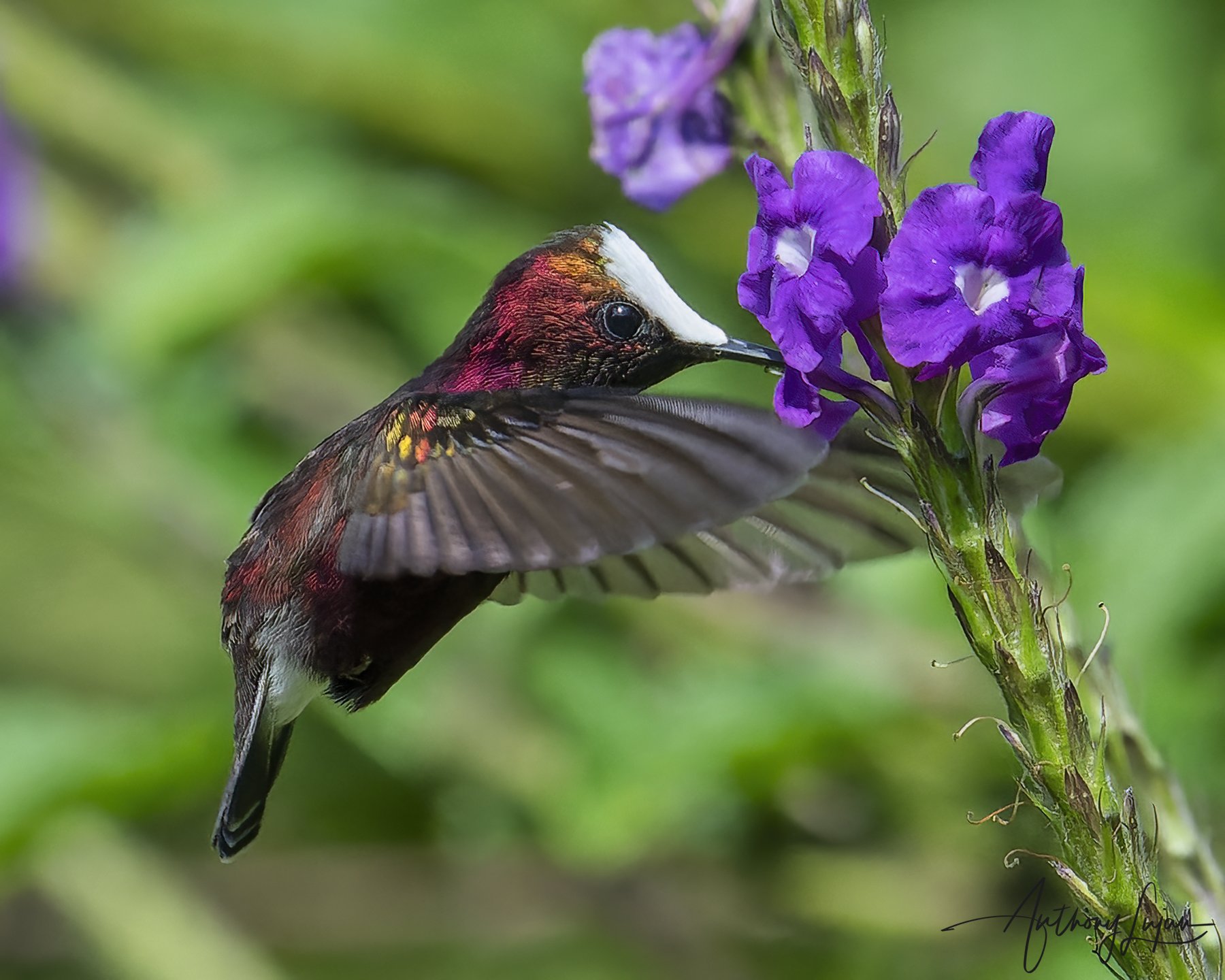Pollination and Hummingbirds: A Symbiotic Relationship in Nature
Introduction
Hummingbirds are not just beautiful and agile creatures; they also play a crucial role in the ecosystem as pollinators. These tiny birds are vital for the reproduction of many flowering plants, contributing significantly to biodiversity and the health of ecosystems. This article explores how hummingbirds contribute to pollination and why their role is so important.
The Mechanics of Pollination by Hummingbirds
Feeding Habits
Hummingbirds feed on nectar from flowers using their long, specialized beaks and tongues. As they move from flower to flower, their heads and beaks come into contact with the reproductive parts of the plants, such as the stamens (which produce pollen) and the pistils (which receive pollen).
Pollen Transfer
During their feeding process, pollen grains stick to the hummingbird's head and beak. When the bird visits another flower, some of this pollen is transferred to the stigma, the receptive part of the pistil, thus facilitating cross-pollination. This process is essential for the fertilization of many flowering plants, leading to the production of seeds and fruit.
Hummingbirds and Flower Specialization
Co-evolution
Many flowers have evolved specifically to attract hummingbirds. These flowers often exhibit characteristics such as bright colors (especially red, pink, and orange), tubular shapes, and abundant nectar, which cater to the feeding habits and preferences of hummingbirds.
Mutual Benefits
This co-evolution benefits both the hummingbirds and the plants. Hummingbirds get a reliable food source, while the plants receive effective pollination services. This mutualistic relationship is crucial for the reproduction of many plant species and the sustenance of hummingbird populations.
Ecological Importance
Biodiversity
Hummingbirds help maintain plant biodiversity by enabling the reproduction of a wide variety of flowering plants. This biodiversity is essential for healthy ecosystems, providing habitat and food for numerous other species, including insects, birds, and mammals.
Ecosystem Services
The pollination services provided by hummingbirds are a key component of ecosystem services, which include the production of fruits and seeds that are vital for human agriculture and wild ecosystems. By supporting plant reproduction, hummingbirds contribute to the stability and resilience of their habitats.
Challenges and Conservation
Threats to Hummingbirds
Hummingbirds face several threats, including habitat loss, climate change, and competition with invasive species. These threats can impact their populations and, consequently, the plants that rely on them for pollination.
Conservation Efforts
Efforts to conserve hummingbird populations include protecting their natural habitats, planting native flowering plants, and reducing pesticide use. By supporting hummingbird conservation, we also help preserve the vital pollination services they provide to ecosystems.
Conclusion
Hummingbirds are indispensable pollinators that play a significant role in maintaining the health and diversity of ecosystems. Their unique feeding habits and co-evolution with certain flowering plants make them effective pollinators, supporting plant reproduction and ecological balance. Protecting hummingbirds and their habitats is crucial for sustaining the ecosystems they help maintain.
Please note: The content provided on this blog is for educational purposes only and contains general information.

